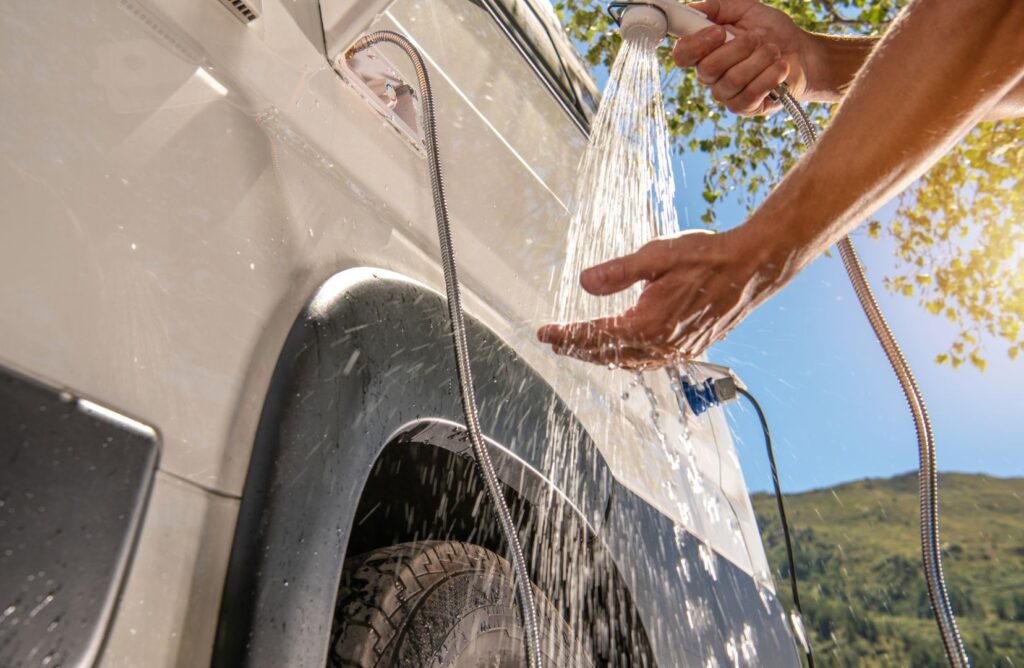So you’ve had some good times in your RV or camper van and you’re ready to sell. Maybe you’re upgrading, maybe you’re looking for a larger model, or maybe you’re simply done with van life and are ready to move on to the next thing. Whatever your reason, you want to get the best price you can for the vehicle, and you want potential buyers to get a fair price.
When it comes to selling a camper van, following a few simple guidelines can net you a better final sale price and help weed out tire kickers so you don’t waste your time with prospective buyers who don’t follow through.
Let’s take a look at 5 ways you can make the private sale of your camper van smoother and stress-free.
Table of Contents

1. When to Sell
This is part of the selling process many people don’t think about, but the time of year you sell your van can affect how much you get for it. The busiest season for most RV dealerships is spring – a few months before people start taking their summer road trips and vacations.
Listing your van 2 – 3 months before summer means you’ll be in a seller’s market, with lots of people wanting vans and fewer vans available. That means you can set a higher asking price. Selling a camper van in the dead of winter, when there are fewer interested buyers, means you might have to settle for a lower final sale price.
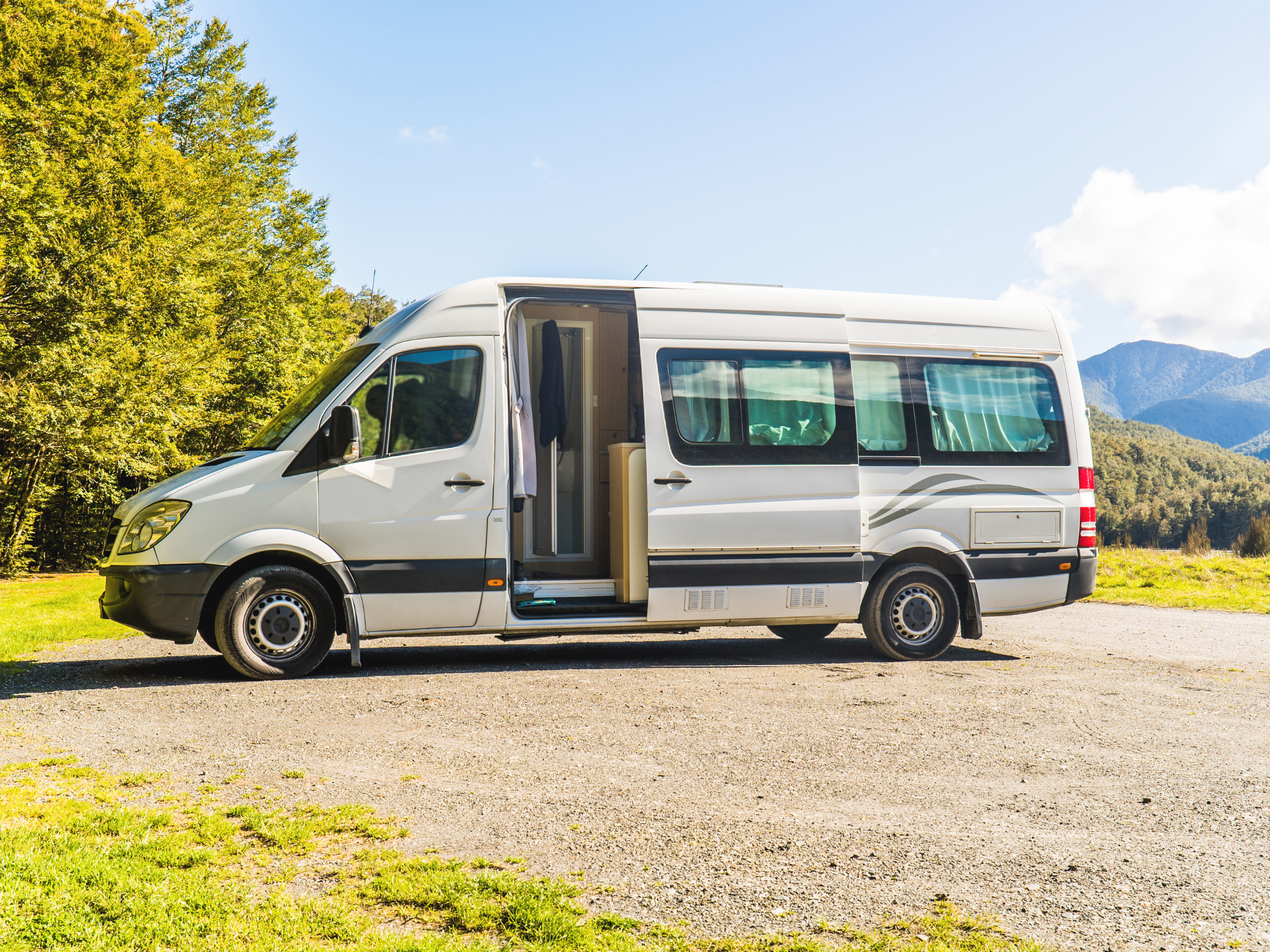
2. What to Ask For
When it comes to selling price, how do you know how much to ask for? Many factors contribute to the asking price, such as the age of the vehicle, service history, and additional equipment that has been added – such as solar panels, watermakers, new batteries, etc. If it’s a DIY conversion van project that you built out for your vanlife adventure, it can be even more difficult to figure out what it’s worth.
Appraisal
The easiest way to figure out what your van is worth is to get it appraised. An appraisal will give you the fair market value of your van based on age, mileage, model, and condition. For a camper van, this appraisal will also include things like kitchen installations and appliances, electrical systems, water, the bed and other furniture, etc.
Unfortunately, not many RV dealers will appraise a van that you converted yourself. However, there are online consignment insurance services that can do a virtual appraisal of your self-built van. You’ll need photos of everything in the van, inside and out, a list of components and the cost of the components, and payment for the appraisal call.
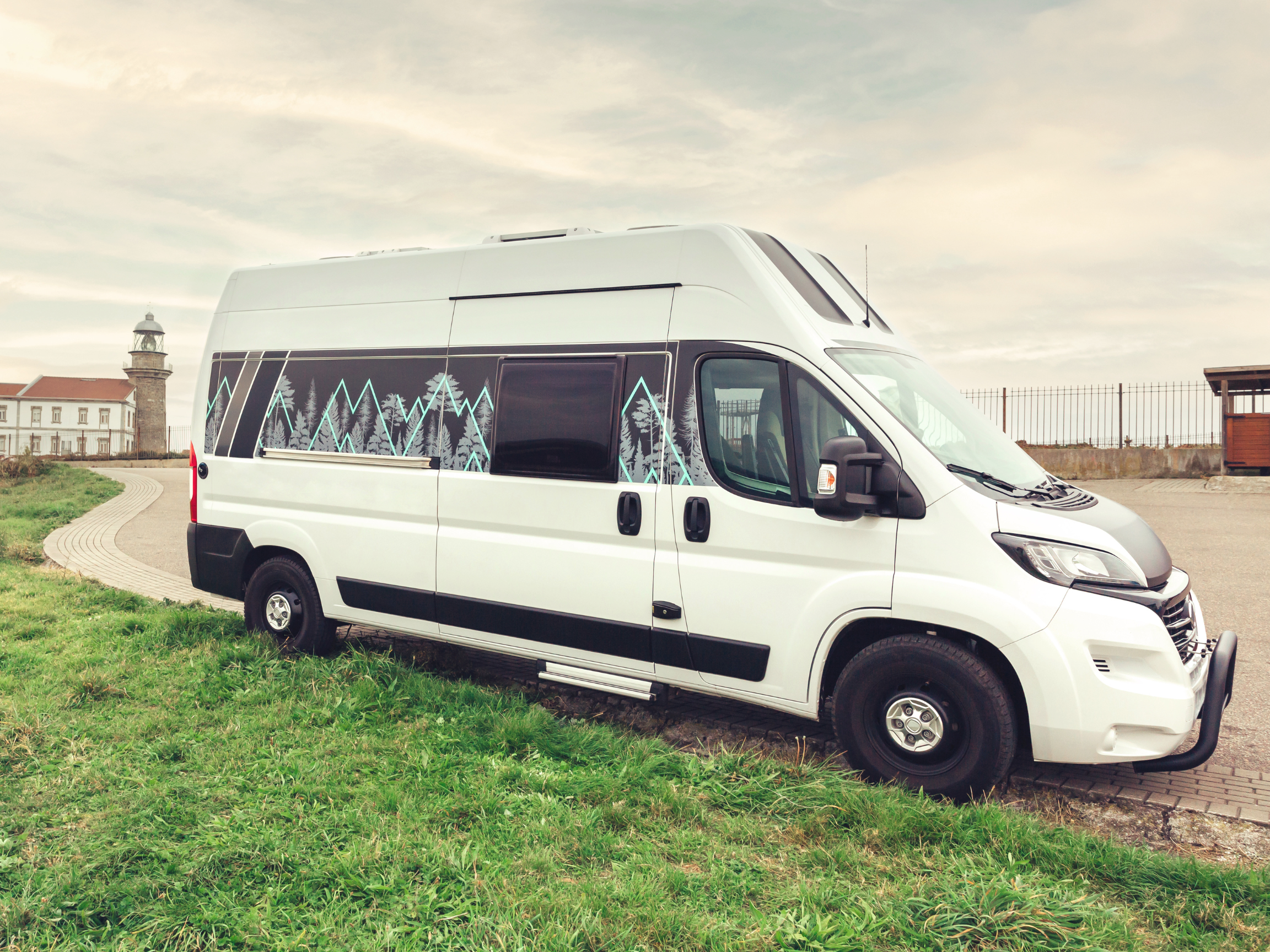
3. What to Include
If you’ve made a lot of upgrades to your van over the years, you may be reticent to part with them. The Starlink you hooked up so you could have high-speed internet wherever you went? The new solar panels? How about those lithium-ion batteries you so painstakingly installed?
List of Components (With Receipts)
If you’re planning to move into a bigger or different van, it can definitely be worth it to keep these things with you. However, if you don’t plan to continue your van life adventure, selling these items with the van can wind up netting you a higher profit than hanging onto them.
It can be tempting to hold onto these items so you can sell them individually for a slightly higher price after the fact. But think about it: do you really want to go through the hassle of finding a buyer for every single component? There’s no guarantee you’ll even be able to find a buyer for everything you have.
Including these items with the van might mean you end up getting a slightly lower price than you would have for each component individually, but it means you are much more likely to actually sell everything. Including an itemized list with receipts for each component makes it easier to break down the asking price for potential buyers so they can see exactly what they’re getting for their money.
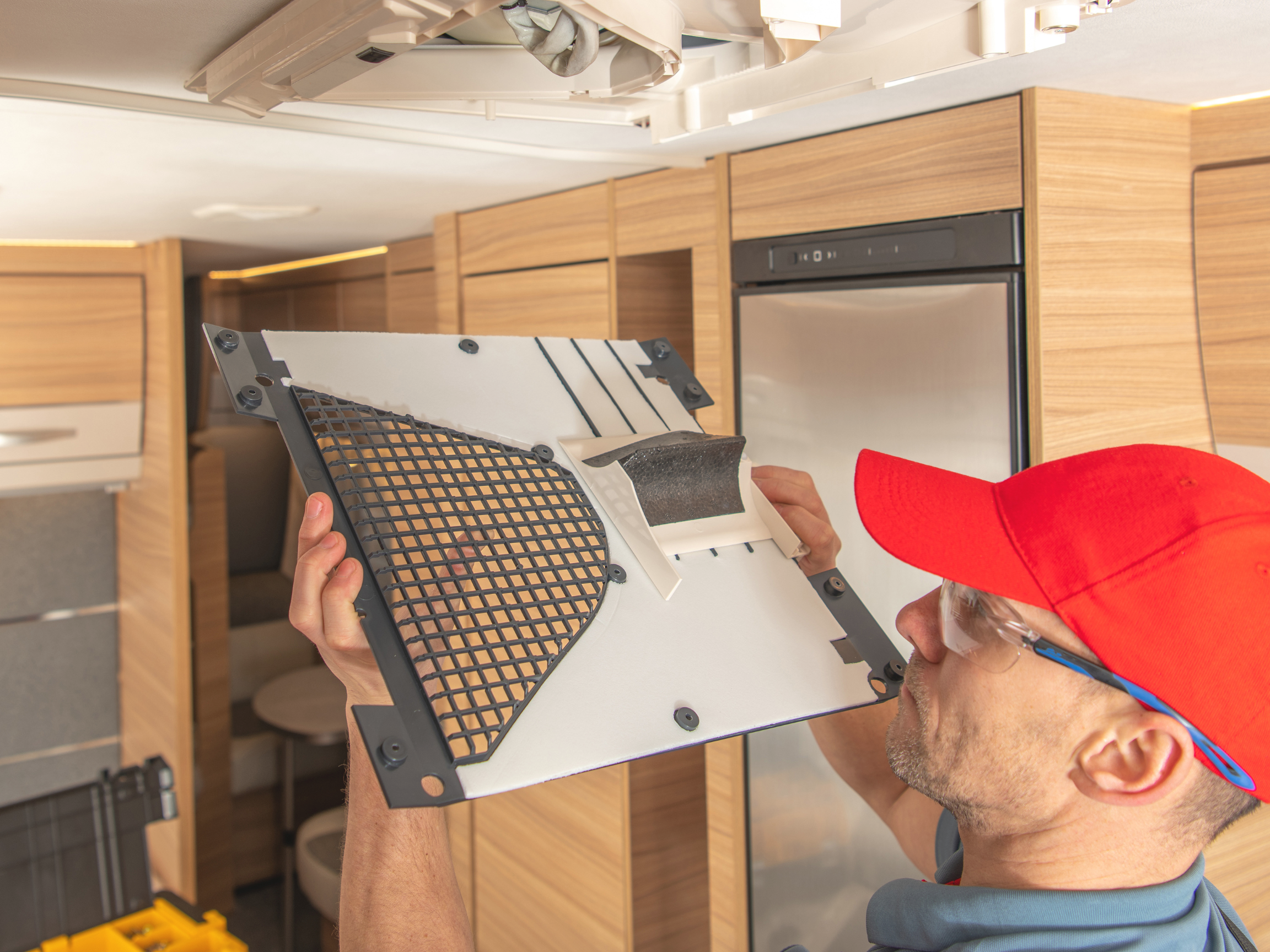
Maintenance Records
You should include maintenance records with any vehicle you sell, and a camper van is no different. Not only does it help the potential buyer know what work has been done on the van, who did the work, and where they can go for additional work and repairs, but it also proves that the van has been adequately cared for and that the price you are asking for is fair.
Manuals
Including maintenance manuals, warranty information, and any other paperwork you have for the vehicle is a show of good faith that makes it easier for the buyer to work on the van down the road and might sway the right buyer into committing to the purchase. It’s also good karma for you.
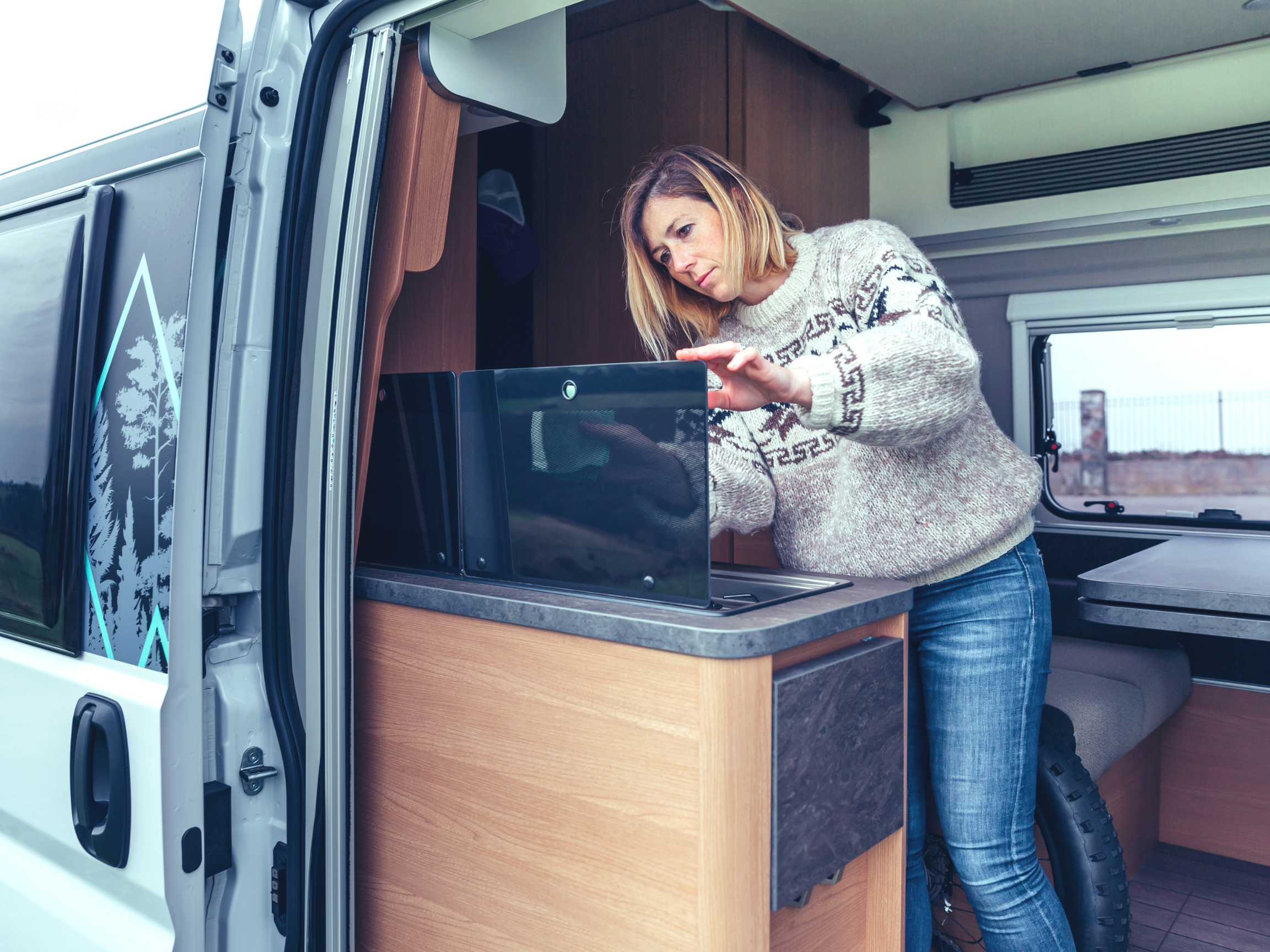
4. How to Prep the Van
Potential buyers want to see a van in good condition. Before you stick that for sale sign on the back window, make sure the camper van is looking spick and span.
Cleaning
If you can afford it, springing for a professional deep clean or detailing can pay dividends when it comes to setting the final sale price. If you kept animals or had kids in the van, it’s especially important. Most buyers are not going to be enthusiastic about buying a camper van full of dog hair and crushed Cheerios.
Depersonalize
You make have added lots of fun touches and funky details that you love and make your van feel like home. However, a potential buyer may not share your particular taste or sense of style. You don’t want to risk putting someone off over something as trivial as fridge magnets, so make sure to remove all personal items from the van before you take pictures or show it.

5. How and Where to List the Van
Once the van is ready to go, you’ll need to put up an online listing. Of course, you can park it on the street with a for sale sign stuck to it (and you should), but online listings are where the majority of your interested parties will come from.
Explore VanX has an extensive online directory for premium vans, overland rigs, RVs, skoolies, and more! With over 19,000 visitors to our website monthly from campervan-loving folks, this is a great way to promote your van and expedite its sale.
Places like Craigslist, Facebook Marketplace, VanCamper, Van Life Trader, and Cars4Sale are excellent places to list your van, as they are indexed by search engines and get thousands of hits per day, reaching millions of people. Facebook groups and van life online forums are great places to share your listing.
Photos
High-quality photos are probably the most important part of an online listing. Make sure the van is clean, personalized, and looks comfortable. Use a wide-angle lens for interior shots to make the inside look as roomy as possible.
For outdoor shots, make sure to include some fun locations along with the If you have high-quality pictures of the van from your travels, include some of those. If not, park the van somewhere outdoorsy and snap a couple of staged shots.
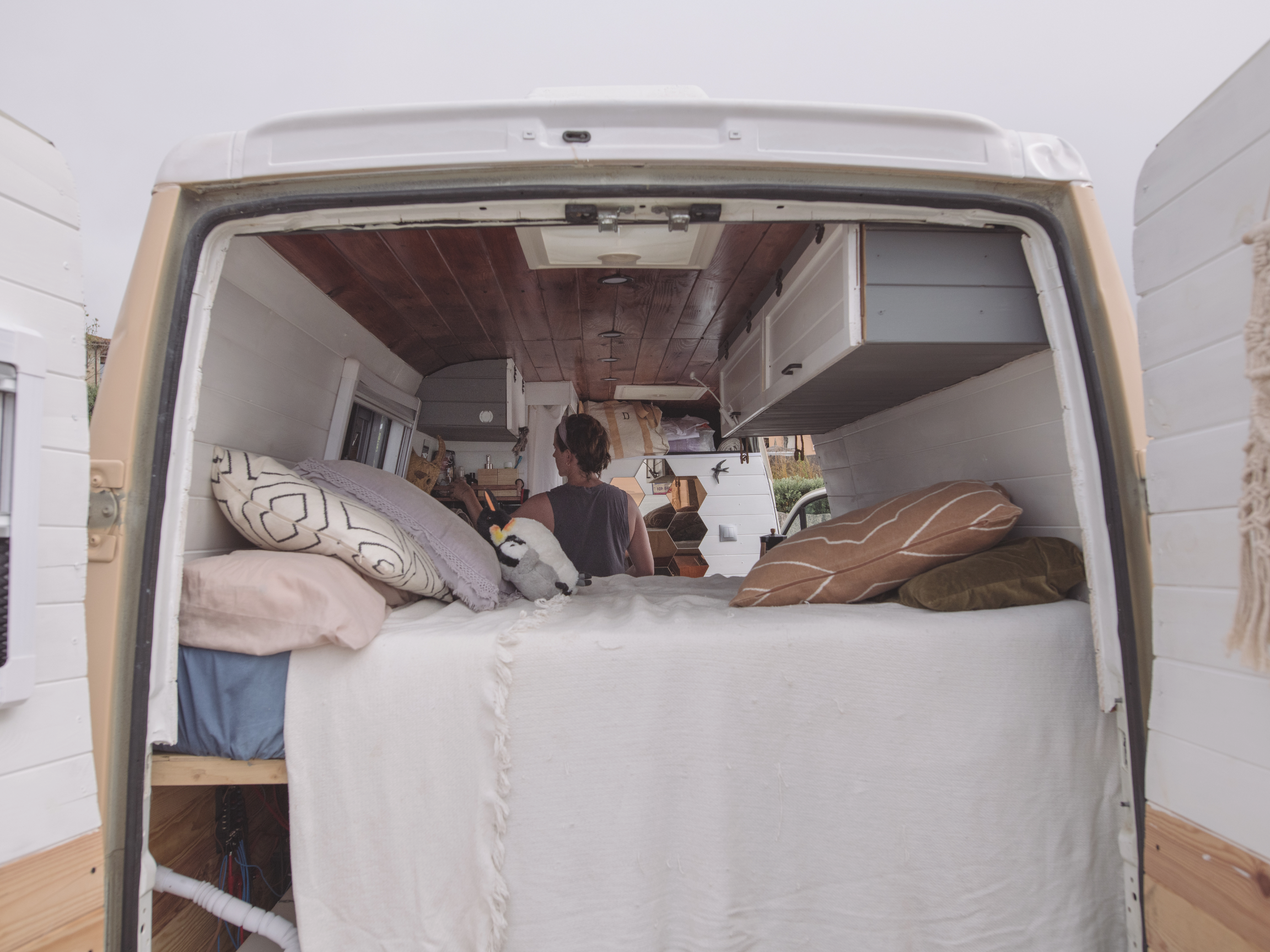
Staging
“Depersonalize” doesn’t mean “sterilize.” When you show your van, you still want to show off that it is a homey, comfortable space that people can relax in. Don’t leave personal items lying around, but feel free to add small decorative touches like throw pillows or flowers.
Steer clear of dark colors, which can make the van feel smaller.
Written Description
Your written description should include your list of itemized components, any manuals and paperwork you have for the camper van, mileage, age, model, any DIY conversions you’ve done, and any known issues. Don’t try to gloss over potential problems. Many prospective buyers will want to have their own appraisal done, and if you’re hiding anything, you can be sure those things will be found out.
You also don’t want a potential lawsuit on your hands if the new owner discovers something that you fudged during the sale. Be honest. Be upfront about any known problems, and adjust your asking price accordingly.
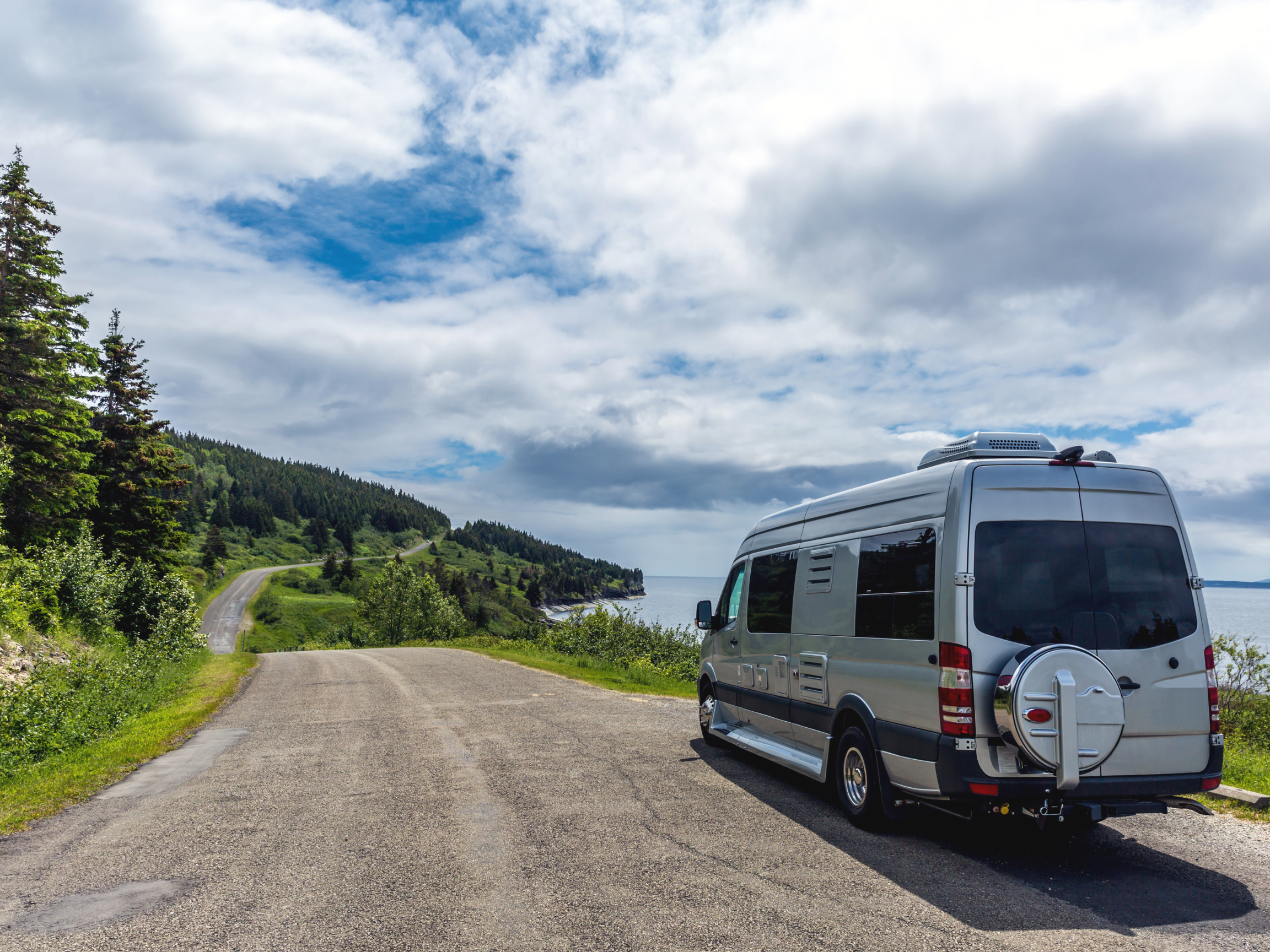
Conclusion
Selling a camper van or RV quickly and smoothly doesn’t have to be a pain. Getting that bill of sale just takes a little preparation, forethought, and work. With these tips, you’ll be on your way to getting top dollar for your camper or motorhome and off on your next adventure in no time.


